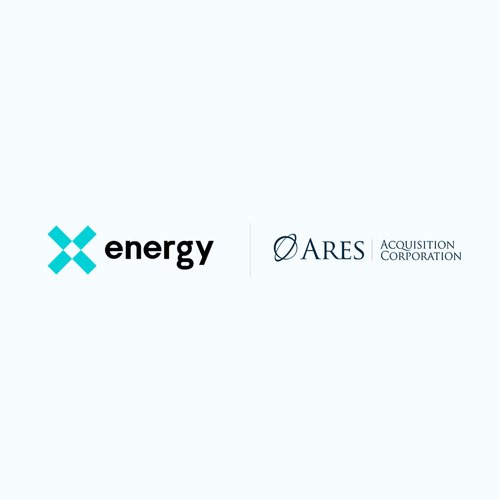Gold H2, a project developer and technology provider for natural hydrogen production, is finalizing a Series A that will fund four pilot projects on spent U.S. oilfields, CEO Prabhdeep Sekhon told ReSource.
The firm is aiming to offer the cheapest form of hydrogen production, with third-party analysis showing a cost of $0.80 per kilogram and less, potentially making it economic without subsidy, Sekhon said.
The biotechnology, when pumped into an uneconomic or end-of-life reservoir, starts a subsurface metabolic process that turns the reservoir into a biorefinery.
“They eat oil and they create hydrogen,” Sekhon said of the bugs. “These are all microbes that occur in the wild.” Geothermal conditions in the reservoirs — 60 degrees Celsius to 90 degrees Celsius — allow the microbes to function, neutralizing energy costs.
A pilot project in the western United States (equipment is currently sitting in Canada) will be the first deployment of the technology, Sekhon said. A start date is tentatively set for mid-3Q; capex will be about $750,000.
Early backers on the cap table include parent company Cemvita (Gold H2 is in the same office complex in Houston, along with Cemvita’s mining wing Endolith), 8090 Industries, and Chart Industries. An additional financial investor is leading the Series A, Sekhon said, declining to name the firm but noting it is focused on clean molecules.
Gold H2 has not worked with a financial advisor, Sekhon said.
Offtake
The pilot project field operator has access to rail and has been in discussions about co-locating a facility for e-fuel or SAF production, Sekhon said.
“At eighty cents a kilogram, it would make sense for any electrofuels or synthetic fuel offtaker to want to work with us.”
In Canada, co-mingling of gas in pipelines is more permissible, so the company is considering selling the hydrogen under a “gold attribute,” Sekhon said.
In other considerations, Gold H2 has signed an MoU with a large industrial gas company, Sekhon said, declining to name it. That company is helping Gold H2 with offtake considerations.
“We have the ability to use existing infrastructure,” he said, noting that his firm has another MOU with a pipeline lining company. “[Gold H2] has eyes on Louisiana and Texas with their strong hydrogen infrastructure and many oil and gas fields.”
A project that fell through, close to the Great Lakes, was close to shipping, Sekhon said. The company is also looking at a project in eastern Europe, which has increased urgency to curtail use of natural gas following the Russian invasion of Ukraine.
Cemvita, meanwhile, has announced a $1bn offtake contract with United Airlines, and Gold H2 has held discussions about helping to service that contract, Sekhon said.
Lab analysis indicated that Gold H2 should be eligible for the $1 PTC credit under 45V, Sekhon said. But there is a pathway, depending on grid power, to achieving the full $3 credit.
“Which is incredible,” he said. “If we’re producing at 80 cents, we’re essentially making money off the PTC without an offtaker.” For certain projects, there may be the opportunity to use hydrogen or methane in the field to generate power onsite.
Opco and JV potential
The company has been in discussions with oil and gas private equity backers looking to increase and extend the value of their assets by adding hydrogen reserves, Sekhon said.
Also, once the technology is at a TRL9, Gold H2 has a concept to transition from a tech company into a resource company, he said. The company will want to partner and license the technology in countries like Saudi Arabia with nationalized oil assets, but in North America and other privatized regions the firm is interested in acquiring assets (potentially in an opco) and turning them into hydrogen production.
“At that point, we really will be wanting to raise funds,” he said.
Another angle the company is considering is JV formation, Sekhon said. Along with operators with reservoirs but not CO2 or hydrogen tech, investors could participate by entering a JV and providing capital to upgrade the assets.






